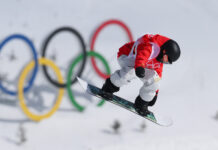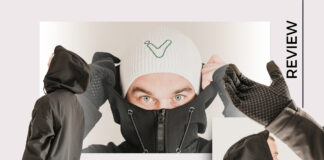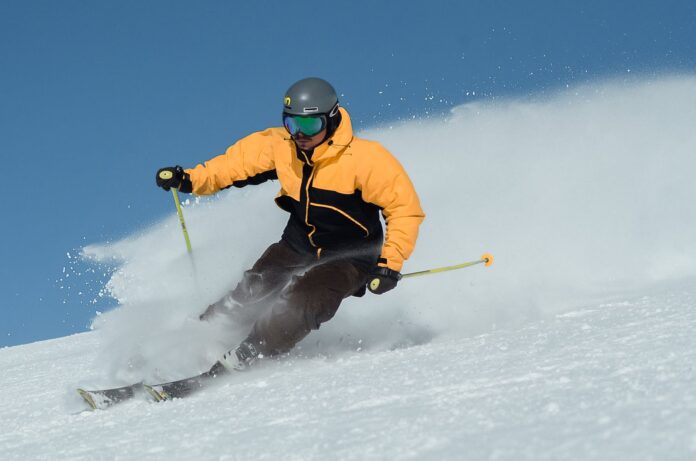
Skiing enthusiasts are well aware of different styles of the sport based on the style and functionality. Based on what style you choose and the use of specialized gear, one can develop different techniques.
Alpine and Nordic Skiing are two popular and common forms of skiing that are well known to every skier. However, what is the difference between the two? Well, this is what this article is about, so read on to get complete information.
Before we go ahead and compare the two, let us try to understand what each of these skiing styles are all about. If you are an avid skier, check out AlpineElements for all information for ski holidays based on your style.
Alpine skiing
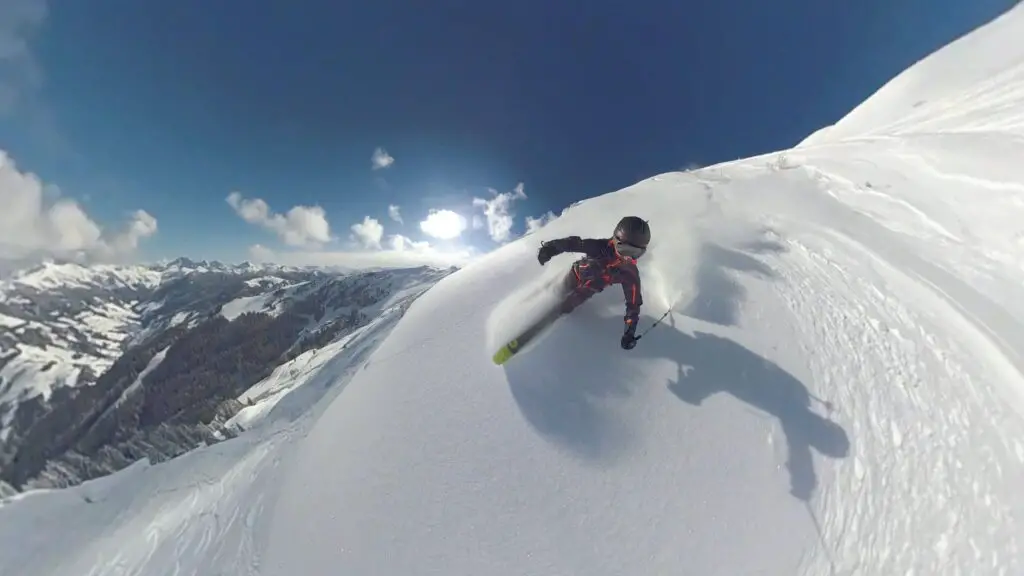
This style is also known as downhill skiing and is most followed at all resorts around the world. The popularity of Alpine skiing has only grown with time, and the style has further evolved and given way to different forms.
Alpine skiers use fixed-heel bindings, unlike other forms, which have been a popular event at the Winter Olympic Games. Modern Alpine competitive skiing is further divided into technical events with different courses and speeds.
Nordic skiing
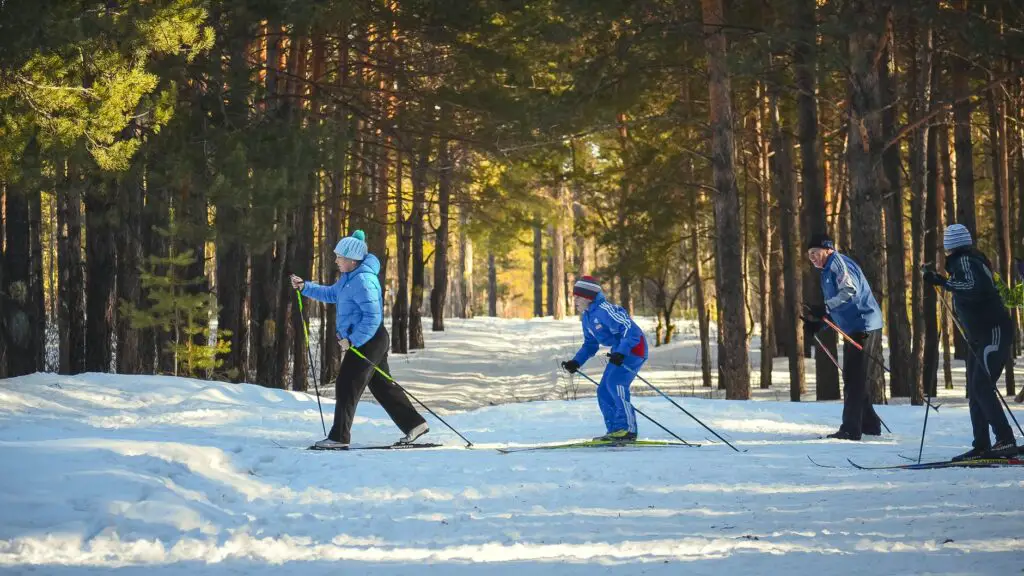
Nordic skiing is to cross-country skiing, and the style has been practiced for many years now. Although the skiing industry has changed and evolved a lot, the basics of this style have remained the same.
The aim of Nordic skiing is to cover long distances through very deep snow. It is undoubtedly the very first style of skiing and has led to the development of other styles over the centuries. This method is a lot better for cross-country skiing.
A comparison of the two
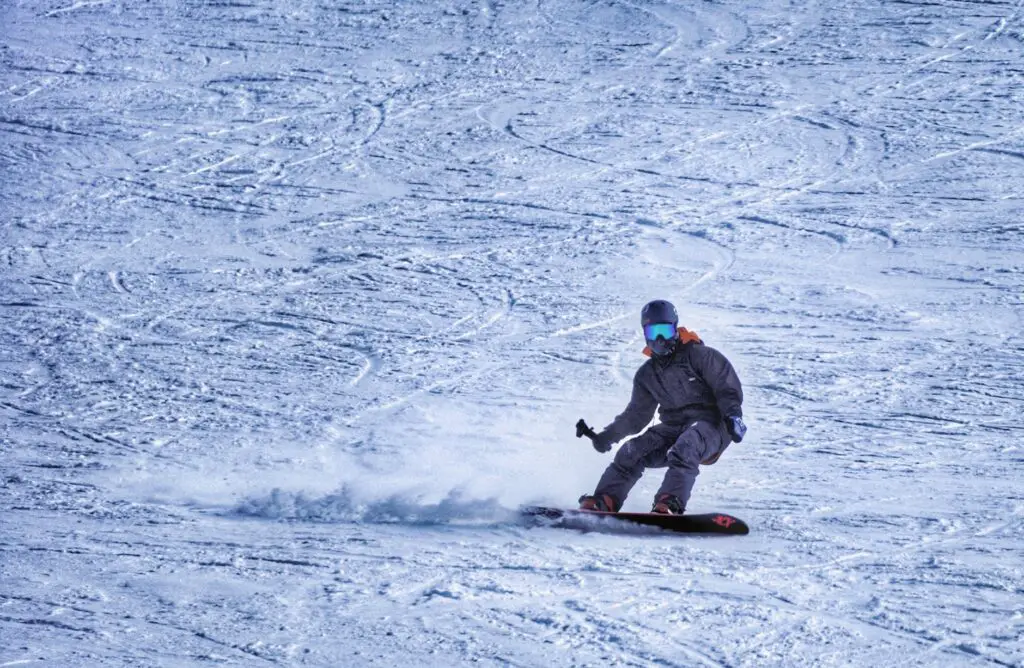
So, which should you go for, Alpine or Nordic? To be honest, you could go for both styles as each carries distinct characteristics and has various benefits to offer. But as a skier, you should be aware of the basics of Nordic and Alpine skiing styles, or cross country and downhill skiing.
There are some areas where the two skiing styles differ, and one can prefer one over the other based on what they are looking for in their experience.
• Alpine for fast action and Nordic for a relaxed
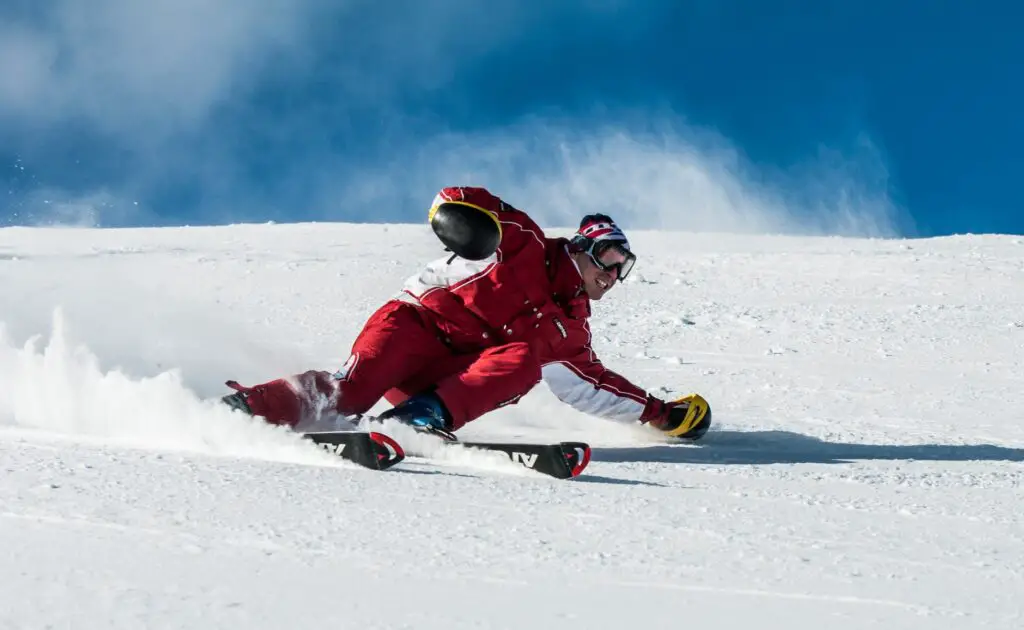
Most skiers enjoy both styles, depending on their location and mood. Nordic skiing is more leisurely, while the latter is more for those looking for a thrill. If you are looking forward to a relaxing day, go for a cross country ski and in case you are ready for fast-paced action, choose Alpine. Nordic skiing is much more relaxed and interesting as you ski along the gentler slopes, taking in the peaceful serenity of the surroundings. Glide gently among the trees and down rolling hills and pass by the streams.
• The Terrain and Location
Nordic skiers look for cross country terrains where they can ski at a gentler pace, while the Alpine skiers are busy going up and down the slopes at a faster speed. Thus, you will find Nordic skiers on vast rolling landscapes with a gentler terrain. Alpine skiers look for beginner, moderate and expert slopes based on their skills and experience. As downhill skiing takes place on a ski resort, you will find Alpine skiers booking their vacation at popular ski resorts. Nordic trails can be easily found in many parks.
• Technical workings, Skis, and Shoes
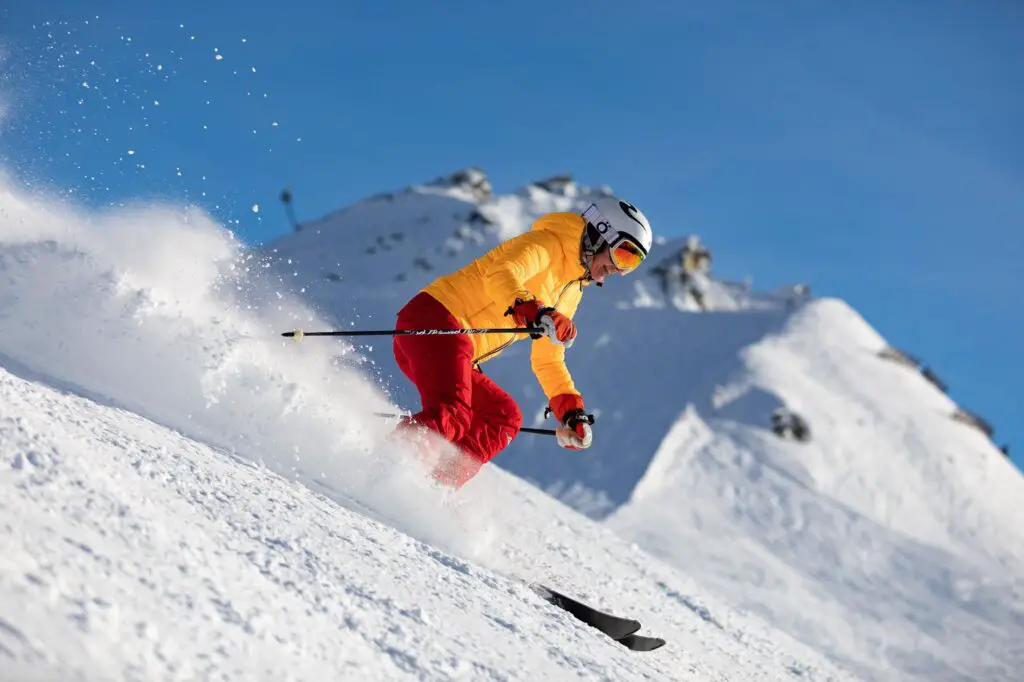
In Nordic skiing, the ski boot’s toe is attached to the ski to aid it throughout the long-distance through deep snow. Skis and poles are narrower and longer, and the shoes are soft, flexible, and similar to hiking boots. There are no special metal edges on the skis.
Compared to Nordic, Alpine skiing involves high-speed turns. The ski shoes and skis are specially designed to take the brunt of those forces. The skis for this form come with metal edges that can cut and carve through the snow and make the turning easier and smoother.
The hard boot is attached from toe to heel to the ski via bindings. Although the industry and styles have evolved in terms of technology and equipment, the basics have not changed.
• Fees and Costs of the Equipment
There is no denying that skiing is an expensive sport. A comparison of Nordic and Alpine finds that cross-country is certainly less expensive. This is because one needs specialized equipment for downhill skiing, such as high-end ski jackets and special ski shoes to face the windy, cold days.
Moreover, one has to pay for the lift tickets and other facilities. As for Nordic, one pays lesser for the Trail passes, and as one is protected from the elements by forest, one may not need heavy jackets as needed by the Alpine skiers. To sum up, Nordic boots and skis plus the fees are less expensive than Alpine.
• Positive Impact on Health
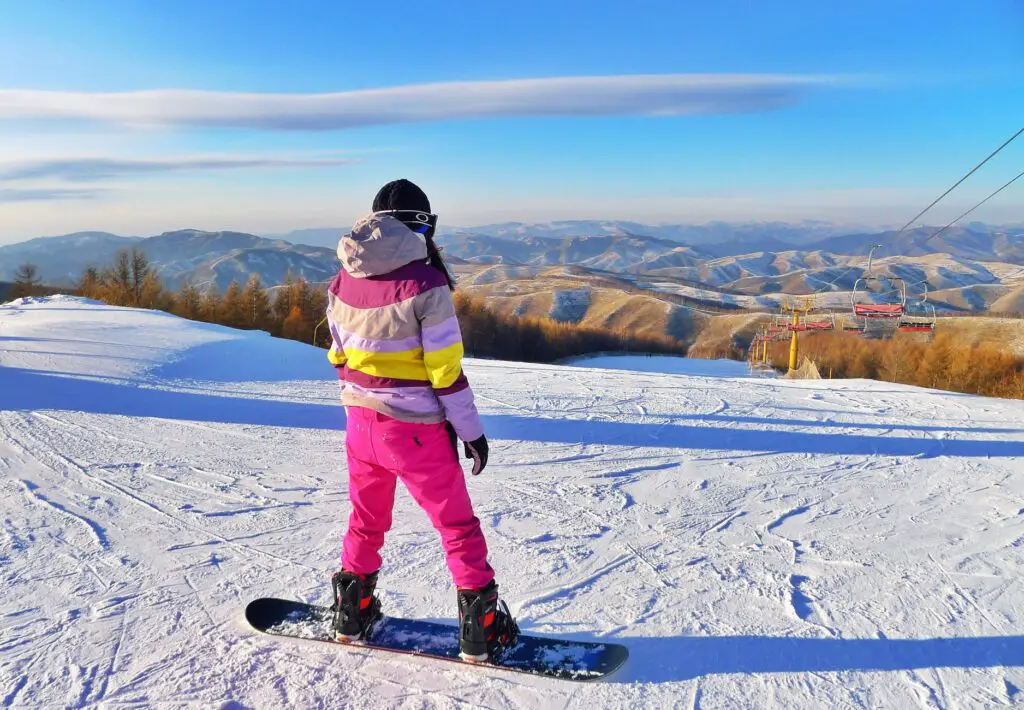
Both types of skiing has benefits for your overall health and leaves a positive impact on your body and mind. It is better to be out and do some exercise instead of spending time on the couch in front of the TV. When you ski, you not only build your endurance and tolerance but improve your health as well. Nordic improves cardiovascular health, works on large muscles, and help you shed some calories as it is more exhausting and intense.
Alpine helps you achieve a better balance, strengthen muscle groups and enhance your self-awareness. You gradually build the hip, back, and knee strength as you keep shifting your weight on different sides.
• Risks and Safety Issues
It is easy to make out that one can expect serious injuries during Alpine skiing because of the steep slopes and higher speeds. As Nordic is gentler, there is a lower risk of any injuries. Nevertheless, one should take proper precautions and wear safety gear and equipment, no matter what style of skiing they follow, and ski safely, all season long.
Today, millions of ski enthusiasts take part in either or both Nordic or Alpine. Overall, both forms are extremely enjoyable, and a lot relies on what kind of skier you are and what you are looking for. Go for Nordic is seeking a more leisurely experience, and the other is looking for a thrill. There are avid skiers of both styles and have tried both of these sports with equal zest. Whatever style you prefer, it is a great way to spend some quality time outdoors and enjoy the winter season.

